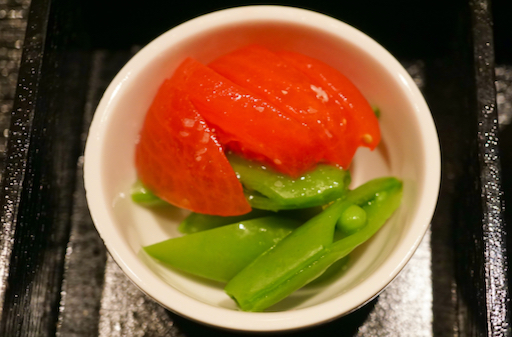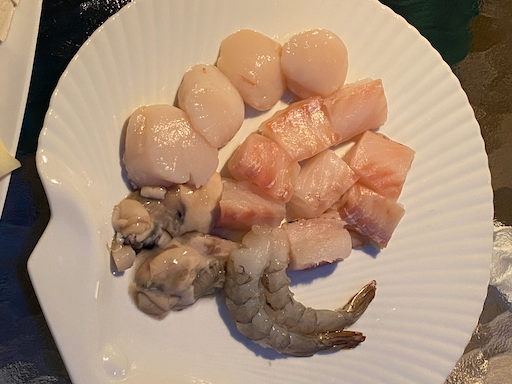Just a few days before St. Patrick’s day, I happened to see a “real Irish soda bread” recipe on the “Serious Eats” website. I showed my wife the recipe and in passing mentioned that St. Patrick’s day was coming up. Next thing I knew she has found 2 other Irish soda bread recipes and for 3 days in a row when I came home a new loaf was cooling on the rack. What a treat! This is the first loaf she made. It was baked in an enameled cast iron Dutch oven like “no-knead bread” and produced a nice brown crust and center was moist.
15 ounces all-purpose flour (3 cups; 425g)
1 3/4 teaspoons (7g) kosher salt; for table salt, use the same weight or half as much by volume
1 1/8 teaspoons (6g) baking soda
18 ounces low-fat cultured buttermilk (2 1/4 cups; 510g), well shaken
Directions
1.Adjust oven rack to middle position and preheat to 450°F (230°C) at least 15 minutes in advance. Roughly cover the bottom of a deep 10-inch cast iron or enameled Dutch oven with a sheet of parchment paper; no need to trim.
2.Combine flour, salt, and baking soda in a large bowl and whisk a full minute to combine. Stir in buttermilk with a flexible spatula until dough is fully moistened and no pockets of flour remain. For extra-fluffy results, stop folding as soon as dough comes together. For extra-chewy results, fold dough about 20 seconds more. Scrape sticky dough into prepared Dutch oven and smooth with a spatula into a rough boule-like shape. Score deeply into quarters with a sharp knife or razor, cleaning the blade between each slice.
3.Cover and bake until well risen and golden, 45 minutes. Remove lid and continue baking until chestnut brown, with an internal temperature of 210°F (99°C), 12 to 15 minutes longer. Invert onto a wire rack, discard parchment, turn right side up, and cool until crumb has set, about 30 minutes. Cut thick slices to accompany hearty soups and stews, or slice thinly for sandwiches. (This will be easier if bread is allowed to cool 2 hours more.) Store up to 24 hours in an airtight container and toast to freshen bread before serving.
The bread had a nice crunchy crust and the interior was moist with a nice crumb. The buttermilk gave it a subtle tang. The flavor was a bit salty. We had this with a lamb stew I made. (What else would you have for St. Patrick’s day?) This was the perfect bread to accompany the stew.
Our plum tree was in full bloom and our backyard was filled with the nice sweet smell of plum blossom. This is the plum tree we got many many years ago. We wanted the type of plum that produced the fruit used to make Japanese salted plum and umeshu. After some search, we finally found one at an Oregon nursery. It arrived as a twig in a small envelope but it miraculously grew into a good sized tree and provided lots of plum fruit over the years. We used the fruit to make “umeshu” plum wine. Then, a few years ago all the plum trees in the area got a fungal disease. Our poor tree was no exception. We thought it was a “goner” especially after we had to transplant it during a landscaping project. Although the tree is much smaller than it was at its peak, it appears that this plum tree is surviving. Spring is almost here.























